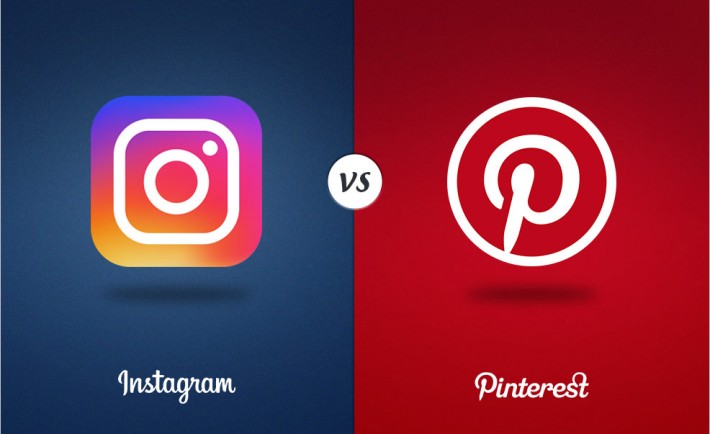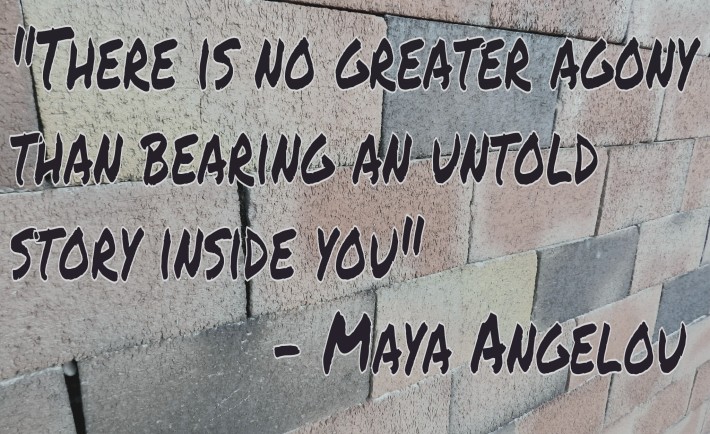You’ve heard the buzz. You’ve read the statistics. You know what you have to do. Video is the marketing tool of the future.
Even now, video is highly effective as a marketing tool for brand and legitimacy building: A recent survey of marketers found over half of respondents said video has a higher ROI than all other types of online advertising.
If your social media plan has up to now consisted only of Facebook and Twitter, it’s time to add YouTube to your strategy. Follow these tips to familiarize yourself with the way YouTube works and learn what it can for your small business.
Getting to Know YouTube
You’ve probably watched countless hours of YouTube videos yourself. Unlike other social media platforms, anyone can view videos on YouTube whether they have their own account or not. But to upload your own videos, you have to have a YouTube account. Google owns YouTube so to access YouTube you have to have a Google account. If you don’t have a Google account, sign up for one.
But, wait! What if you already have a personal YouTube account? Can you use it for business as well? It’s not a good idea. In fact, it’s not a good idea whether you’re talking about Facebook, Twitter or any other social media platform. Create a separate account, such as this channel set up for Talus Payments, that’s strictly for business.
You Have Google, What’s Next?
Sign into your Google account and go to the YouTube homepage. Familiarize yourself with the layout. Click on the left side navigation and look at the options. Click on the upper right avatar and look at the customization and account options. Click the My Channels option from the dropdown. The form asks for your first and last name, but notice the “Use a business or other name” option near the end of the form text. Click the link and complete the form. Now your business has a YouTube business channel.
Make It Look Great
What you have now is the basic account page every business gets when it first signs on. But like Facebook, Twitter and other social media platforms, you can add details and art to match your brand.
The channel description is easily overlooked, but don’t underestimate its importance. Briefly explain what the business does and connect your other social media platforms to provide a cohesive online brand. Add, but don’t stuff, the description with relevant keywords and phrases when you describe your business. Add links to your website and a contact email address. You have space for five links and a customizable description for each. Use them.
You’ll require two images to customize your business channel. The first is the channel icon. The icon is the small image on the upper right of the page. The recommended icon image dimensions are 800 x 800 pixels. The icon will display at 98 x 98, but the larger size ensures a crisp image when reduced.
The channel banner is typically where a logo, business name and a small amount of text, such as a motto, appears across the top. The banner graphic should be 2560 x 1440 pixels. Keep in mind, however, that the safe viewing area for both web and mobile screens is 1546 x 423 pixels. Make sure vital information appears within the safe-viewing range of the banner graphic. Several free and low-cost online tools such as Canva, Stencil and DesignBold offer templates and high-resolution graphics you can use to create an effective banner.
When your graphics are ready, use YouTube’s upload option to add your new graphics to the page.
Socially Active
The goal when using YouTube for business is the same as it is for Facebook and Twitter: communication with customers, prospects, colleagues and complementary businesses. It’s about building a community and sharing information.
Even if you don’t plan to upload videos often, you can still actively participate and grow your YouTube community. Find channels of leaders in your industry, experts and influencers. Follow them, “like” relevant posts and share meaningful content on your page. Use the “Add” section of your profile to easily share liked videos. Share content within the confines of your business and avoid divisive or non-related topics. Check that the shared content setting is public so anyone who stops by your page can see the video. Comment on videos you share and respond to comments users leave. Again, engagement is the key to community building.
If creating your own videos seems a little frightening, don’t worry. YouTube offers free help tools and tutorials to get you started. The future is video marketing. Don’t let your business fall behind.













